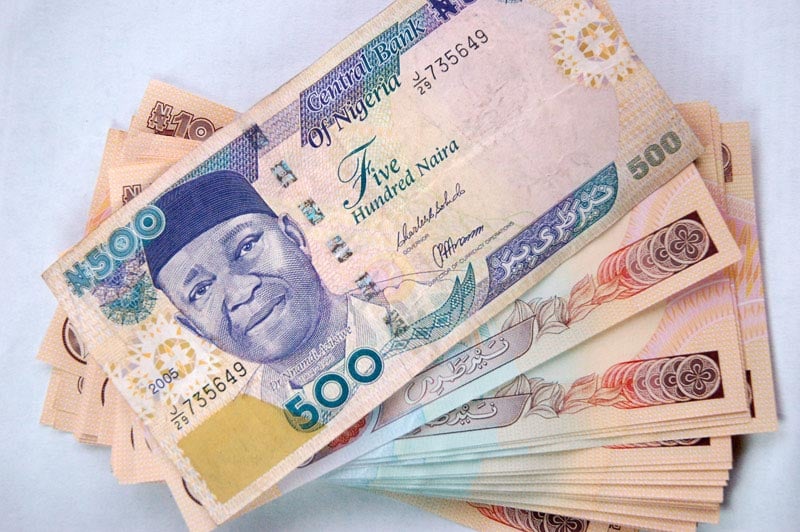The major talking point on the currency markets is again centred on the falling oil prices, with both Brent and Crude falling to fresh six-year lows. In just over one day, Brent has declined from $50.70 to $47.38, while Crude has plunged from $47.73 to $44.86. Although the overpowering supply and demand equation is already heavily-weighted in favour of the bears, the scales were further tipped in the same direction when industry forecasters announced they were lowering 2015 forecasts. This just renewed selling pressure on the commodity, where a floor remains to be in sight. It appears that Crude is on its way to $42, a level that many see as psychological support.
The continuing decline in oil prices is once again pressuring energy stocks, which is consequently having a domino effect and also leading to a decline in global stocks. In a pattern we are continuing to see, global stocks pointing to the downside have increased investor attraction towards the JPY with the USDJPY pulling back to 117.734. The decline in global stocks is an interesting one, because what the markets seem to be concerned about are lower company profits and possible reduced employment prospects. However, this doesn’t take into account that household budgets are now being eased to an extent where consumer sentiment is improving and retailers should see the benefit of improved consumer spending.
The falling oil prices also inspired rapid weakness in the Canadian Loonie, with the USDCAD rocketing to 1.1976. This pair is just continuing to fly, and has been on a 400 pip bull run since the Royal Bank of Canada (RBC) confirmed late November that the decline in oil would be negative for the Canadian economy. This provided a green light to the USDCAD bulls to take the pair to its highest level in nearly six years. We are not only looking at the prospects for the Canadian economy to be negatively impacted by the decline in a major industry sector, but the decline will also promote a laissez-faire stance towards raising Canadian interest rates from the RBC. This also means the CAD will suffer from a lack of investor attraction, which is a similar story to the GBP at present.
The domino effect has not ended here by any means, with the USDRUB opening trading only moments ago and already being within touching distance of 65 Roubles to one USD. Until the oil markets find a floor, the Central Bank of Russia (CBR) faces an extremely difficult task strengthening a currency which will only come under further pressure when a recession in Russia is confirmed this year. The Norwegian Kroner is also coming under increasing pressure, with the USDNOK rising to 7.7546. Again, this is approaching a level not seen since the Norges Bank unexpectedly lowered interest rates last month, and goes some way towards proving the increasing pressure currencies are facing with the decline in oil.
Advertisement
The pressure on global stocks appears to be weighing on the USD on this morning, which is reigniting interest in Gold. After declining to $1217 yesterday after failing to surpass $1230, the metal has rebounded and is currently at $1238. This level represents the 50.0 fib level from the previous low to the previous high on the daily chart, and was seen as stubborn resistance in December. If Gold manages to break through this level, we could be looking at gains towards $1250.
Prior to today’s UK inflation release, the GBPUSD is coming under selling pressure with the data representing a major event risk to the UK currency. The primary fear is that UK inflation levels will be announced at below at annualised 1%, which could lead to some investors delaying a potential UK interest rate rise back until next year. The BoE (Bank of England) currently projects a short-term inflation decline, therefore speculation over delaying any possible UK rate rises for the remainder of the year could be a bit premature. However, it is inevitable that weakening inflation would significantly further strengthen the BoE’s dovish views on inflation, and reduce investor attraction towards the GBP even further.
*Ahmad is chief market analyst at FXTM.
Advertisement
For more information please visit: Forex Circles
1 comments







Brent and Crude? Lol. Please note, Brent is a benchmark for pricing European crude grades (and most grades around the world) . I suspect you really mean WTI (west texas intermediate) when your article refers to the price of ‘crude’. WTI is the benchmark for pricing American crude.
Crude oil is the term for ALL the different types of oil drilled. So, if you’re talking about pricing, there is no such this as a ‘crude’ benchmark. This link might be helpful in explaining further how to report oil market news
http://news.bbc.co.uk/2/hi/business/904748.stm
Good luck.